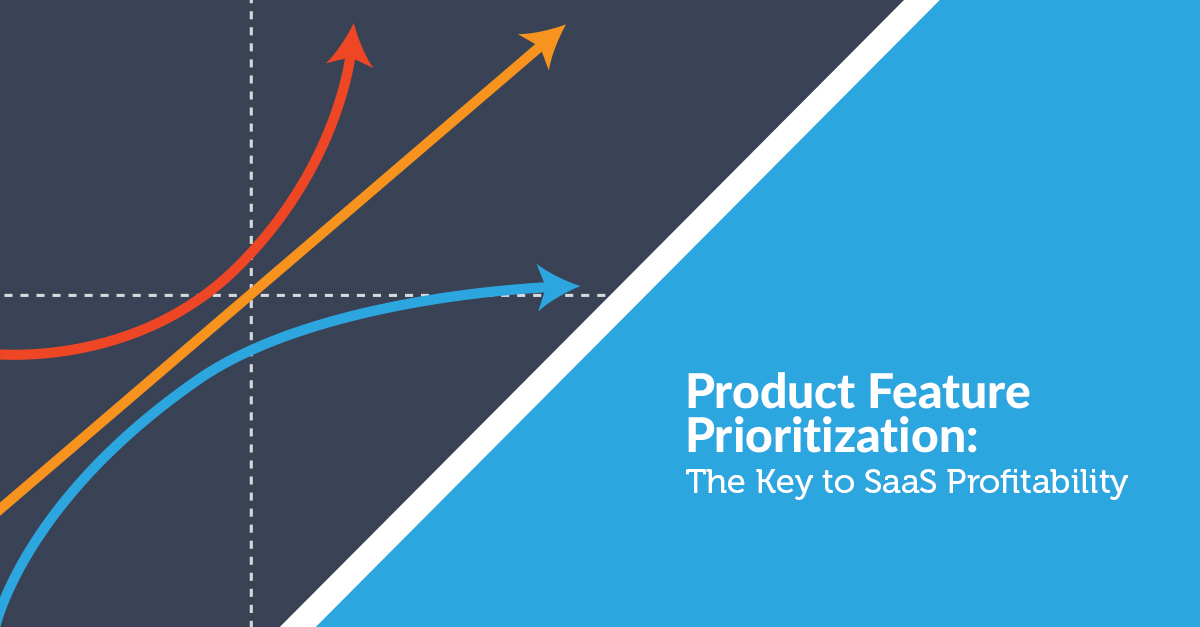
It’s easy to keep adding new features when you’re building a SaaS product. Just because you can, however, doesn’t mean you should.
New features can drive up development costs and minimize margins. So how do you decide if a feature is worth the extra expense?
One way is to prioritize the features using the Kano Model. The Kano Model is a product development and customer satisfaction theory.
The model places features into one of five categories:
- Basic Features
Basic features don’t score high with users and they’re taken for granted. Without them, users won’t even consider your product. They’re like seat belts in a car—you expect them, but they don’t delight you.
Over time, features move from the other four categories to this one. Seatbelts weren’t standard prior to the 1960s. Now you wouldn’t buy a car without them.
These are also features you don’t want to invest more money in than you have to. For example, it doesn’t make sense for auto manufacturers to install racing seatbelts in family minivans. You’re not likely to pay more for them.
- Reverse Features
Not all users are alike. Reverse features delight some users but disappoint others. It all comes down to customers’ needs. Some people love touchscreen navigation systems, while others prefer something less high tech.
It’s important to do your research and know your target. Implementing the wrong feature can hurt your user base.
- One-dimensional Features
The success of these features depends on how they’re fulfilled. When implemented well, they delight users. When they’re flawed or don’t meet quality expectations, they disappoint users.
Think of a car’s collision warning system. When implemented well, users feel happy and safe. When implemented poorly (e.g., too sensitive, breaks too frequently), users are annoyed and disappointed. When done correctly, one-dimensional features can have a good ROI.
- Attractive Features
Attractive features are unexpected and meet previously unmet needs. These features please users. When they’re missing, users don’t notice. When they’re implemented, they can be a strong selling point that differentiates your product.
These features are exposed through good user research. Think of Nissan’s self-cleaning paint. If your car doesn’t have it, you don’t even notice. But if it does, then you find joy in not having to wash your car as often. Attractive features can become your competitive advantage and have a high ROI.
- Indifferent Features
Some features neither excite nor disappoint users. Users are apathetic to these features and there is little ROI. For example, the brand of tires a car has likely won’t affect your satisfaction with the car.

Regardless of which method you use to prioritize product features, you’ll want to keep these tips in mind:
- Get to know your users. Insights from interviews and secondary research can help you prioritize features. This helps ensure you’re not building attractive features at the expense of basic features or overdeveloping those basic features.
- Watch the market. It’ll shift over time, and you’ll want to make sure the features that were once your competitive advantage aren’t basic features now.
- Refine and focus on features that continually provide satisfaction. Monitor features to make sure they continue to meet expectations, and iterate on one-dimensional and attractive features to maintain your competitive advantage.